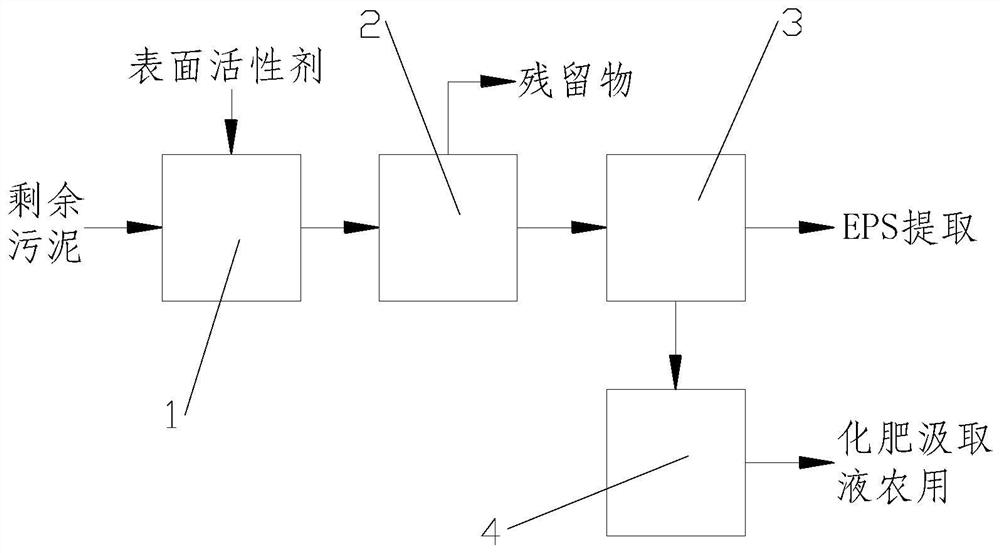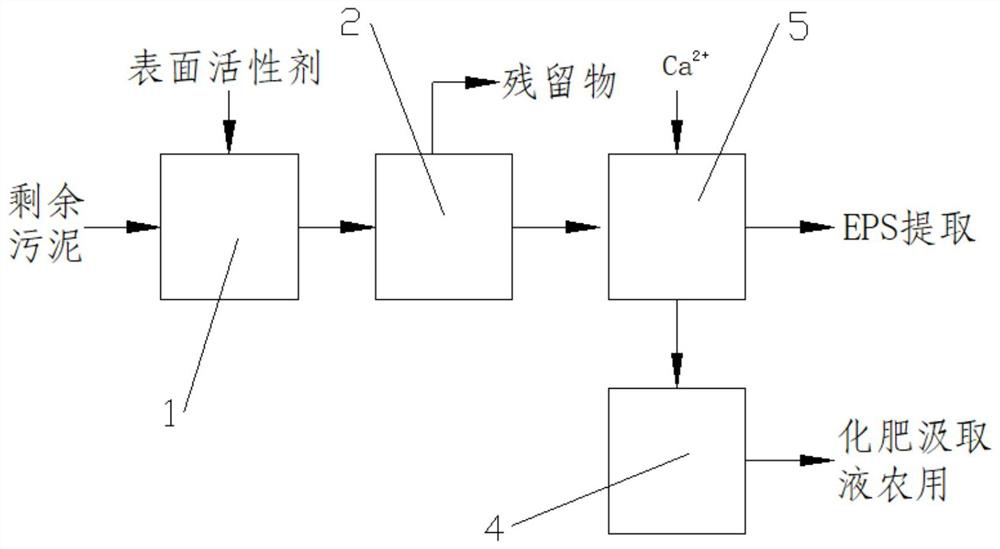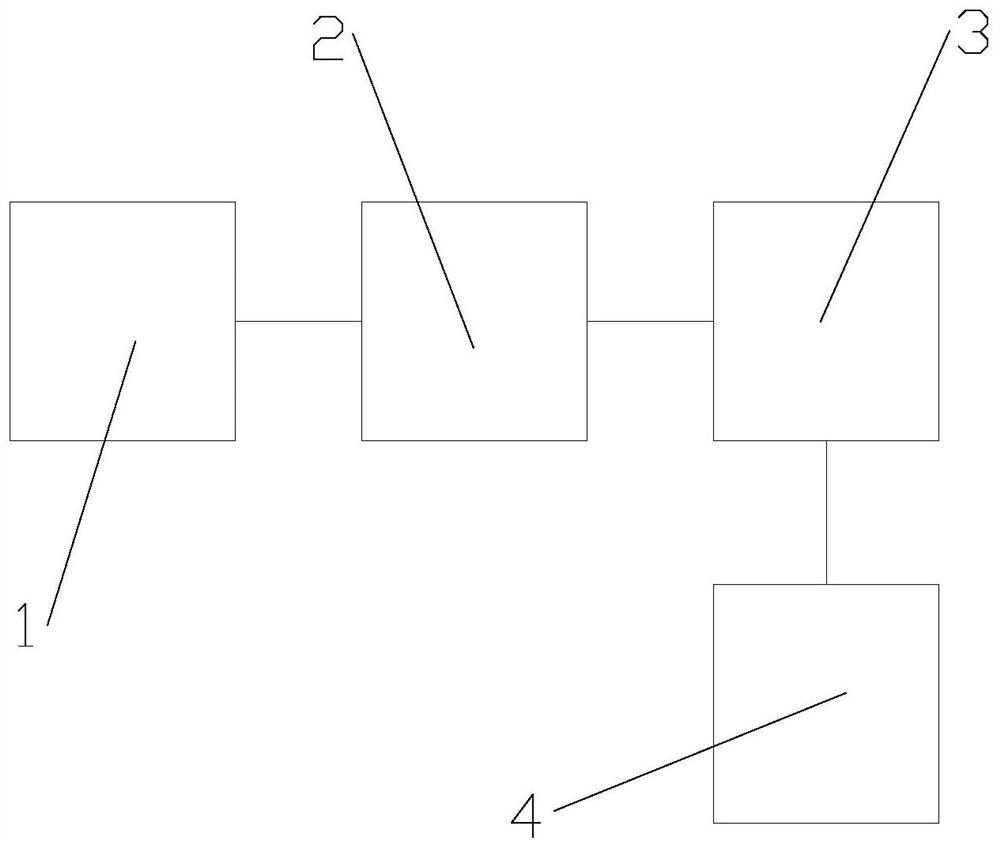Pollution-free integrated method and device for high-added-value extracellular polymeric substance recovery
An extracellular polymer and high value-added technology, applied in chemical instruments and methods, water pollutants, plastic recycling, etc., can solve the problems of difficulty in improving EPS extraction rate, secondary pollution, and difficult application, and achieve enhanced EPS extraction rate effect
- Summary
- Abstract
- Description
- Claims
- Application Information
AI Technical Summary
Problems solved by technology
Method used
Image
Examples
Embodiment Construction
[0034] The present invention will be further described below with reference to the accompanying drawings and specific embodiments.
[0035] Figure to Figure 1 to Figure 2 Shown: a kind of high value-added extracellular polymer recovery non-pollution integrated method that the embodiment of the present invention provides, it comprises the following steps:
[0036] Step S1: transport the excess sludge to the cation exchange resin reactor 1, and optimize the extraction of extracellular polymers through the surfactant-enhanced cation exchange resin method, so that a large amount of extracellular polymers are dissolved in water;
[0037] Step S2: the sludge containing a large amount of dissolved extracellular polymer obtained in step S1 enters the microfiltration membrane module 2 for separation treatment, and the separated suspended matter is discharged to obtain the dissolved extracellular polymer filtrate;
[0038] Step S3: Transport the extracellular polymer solution obtained...
PUM
 Login to View More
Login to View More Abstract
Description
Claims
Application Information
 Login to View More
Login to View More - Generate Ideas
- Intellectual Property
- Life Sciences
- Materials
- Tech Scout
- Unparalleled Data Quality
- Higher Quality Content
- 60% Fewer Hallucinations
Browse by: Latest US Patents, China's latest patents, Technical Efficacy Thesaurus, Application Domain, Technology Topic, Popular Technical Reports.
© 2025 PatSnap. All rights reserved.Legal|Privacy policy|Modern Slavery Act Transparency Statement|Sitemap|About US| Contact US: help@patsnap.com



